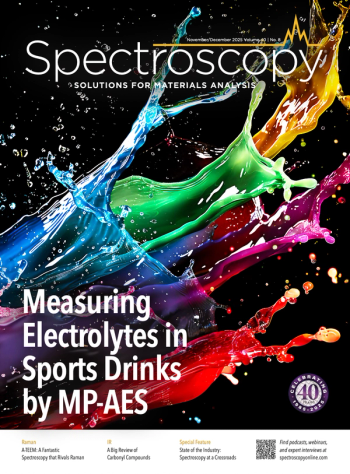
Predicting Carbon Dioxide Concentrations in Temperature Flow Fields Using Machine Learning
A research team from Sungkyunkwan University and Hanyang University proposed a new method that can detect carbon dioxide concentration in flow fields with temperature gradients based on single laser path absorption spectrum measurements and machine learning.
A new study conducted by researchers at Sungkyunwan University in Suwon, South Korea, and Hanyang University in Seoul, South Korea, proposes a technique for accurately predicting carbon dioxide (CO2) concentrations in flow fields with temperature gradients (1). The new approach combines machine learning with single-laser path absorption spectrum measurements using simulated data (1).
Conventional methods for measuring CO2 concentrations in flow fields relies on tunable diode laser absorption spectroscopy (1). This method calculates concentrations based on the ratio of two integrated absorbances from spectral lines with different temperature dependencies (1). However, this approach has limitations: because of the presence of temperature gradients, significant deviations from actual concentrations often emerge, leading to inaccuracies (1).
Because of these challenges, the research team proposed a new method that leverages the entire absorption feature of CO2 (1). The researchers decided that their model should be data-driven and predictive, with the idea that it would then be able to compensate for the impact of nonuniform temperature fields on the absorption spectrum (1).
Using simulated data helped the researchers construct and program the model, given the impracticality of collecting a comprehensive data set covering all possible temperature gradient conditions (1). To validate their model, the researchers conducted experiments using real-world data, comparing its performance to the traditional two-line method. In all test cases, the newly proposed model outperformed the conventional approach, demonstrating its superior predictive capabilities in the presence of temperature gradients (1).
Additionally, a gradient-weighted regression activation mapping analysis confirmed that the model harnesses both peak intensities and changes in the shape of absorption lines for prediction, further highlighting the effectiveness of the method (1).
Currently, significant interest in climate science has triggered many research endeavors that all seek to combat climate change concerns. An approach for detecting CO2 concentrations accurately helps in this context. This new method proposed by the research team resolves the longstanding challenges posed by temperature gradients, paving the way for more precise and reliable environmental data, which is key to finding solutions to preserve the environment and our planet.
Reference
(1) Choi, J.; Bong, C.; Yoo, J.; Bak, M.-S. Carbon Dioxide Concentration Estimation in Nonuniform Temperature Fields Based on Single-Pass Tunable Diode Laser Absorption Spectroscopy. Appl. Spectrosc. 2023, ASAP. DOI:
This article was written with the help of artificial intelligence and has been edited to ensure accuracy and clarity. You can read more about our
Newsletter
Get essential updates on the latest spectroscopy technologies, regulatory standards, and best practices—subscribe today to Spectroscopy.


